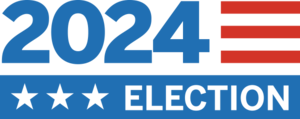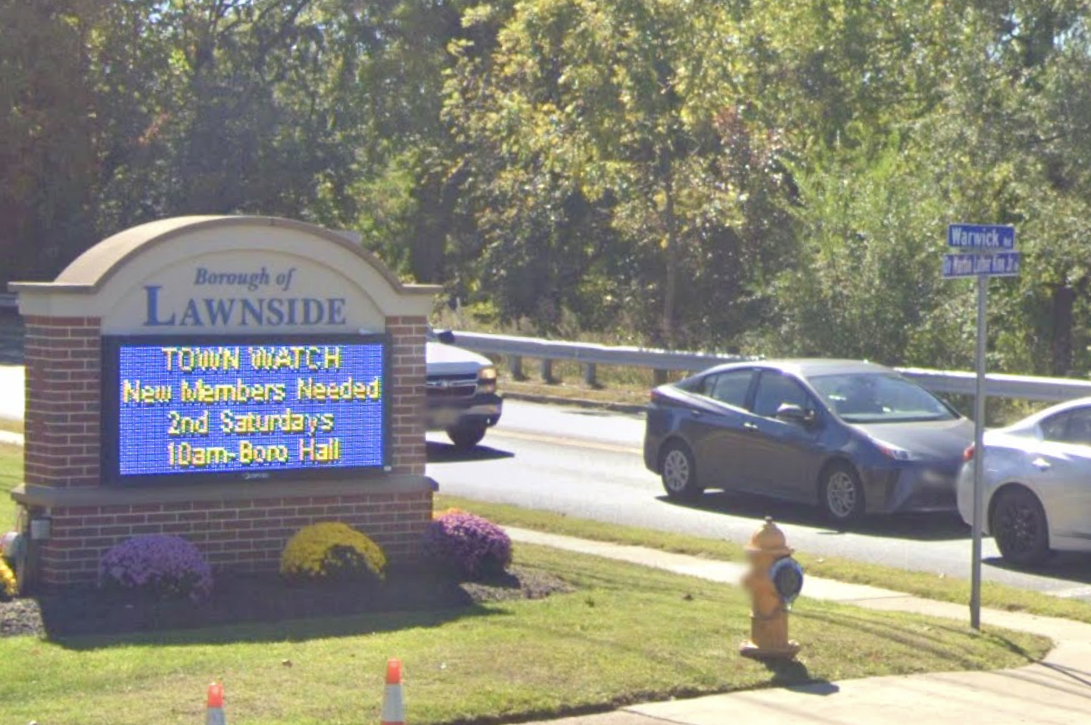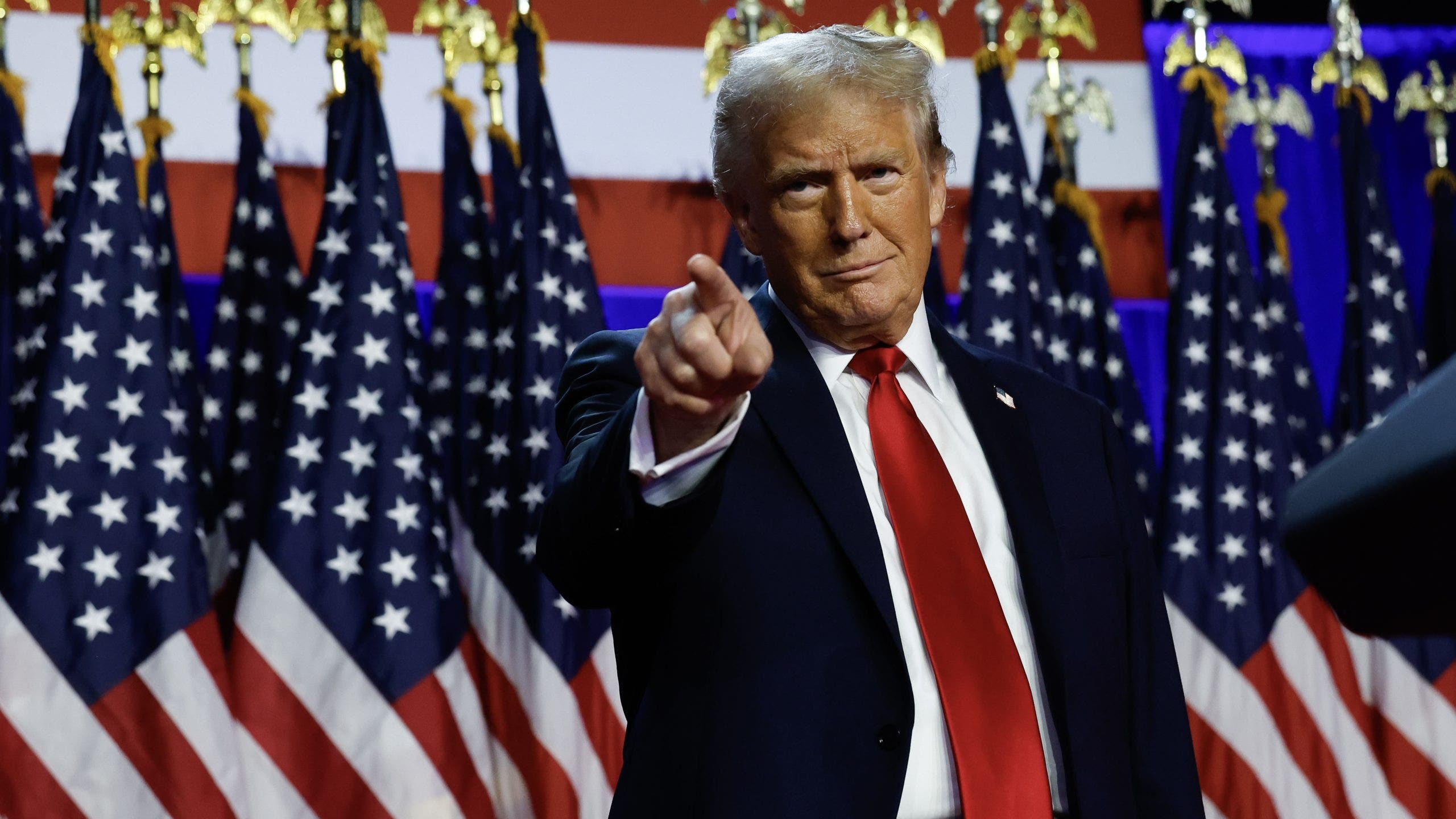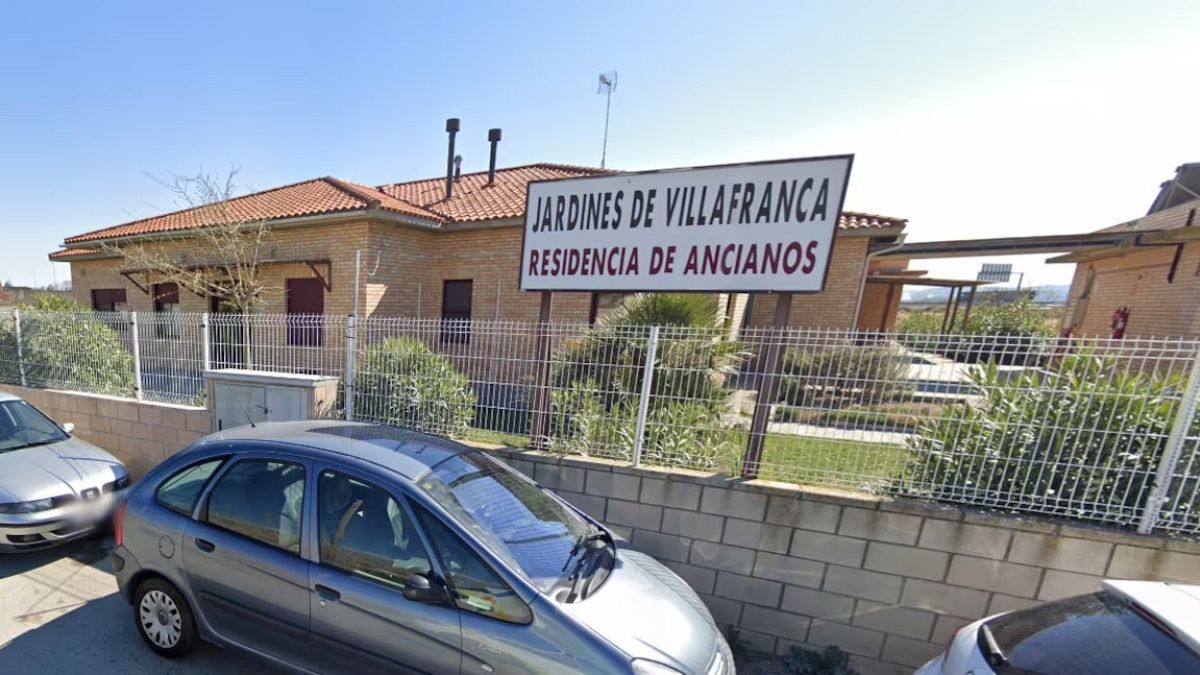- Republican candidates spent a lot of their money going into convention and the primary election.
- One third party candidate raised more than $100,000.
- Three super PACs spent more than $1 million in the Senate election.
Utah
3 Takeaways From Mavericks Shocking Loss to Utah Jazz

The Dallas Mavericks dropped an embarrassing game to the Utah Jazz on Thursday night, 115-113, making it their fourth straight loss, all in the clutch. They faced a deficit as large as 16 points but still took the lead late before falling apart once again in the final minute to lose.
It was a frustrating game that was all too familiar for Mavs fans. The same issues that plagued the team all season came back to bite them in this game. They need to figure out some issues quickly because the Western Conference is a bloodbath.
Here are three takeaways from Thursday night’s disappointment.
READ MORE: Mavericks Drop Embarrassing Game to Utah Jazz, 115-113
It’s getting a little repetitive saying what’s costing the Mavericks these games because it’s the exact same things: a lack of energy, bad fouls, getting killed by offensive rebounds, struggling in the clutch, and the three-point shooting being disappointing, specifically from Luka Doncic. It’s one thing to lose to good teams in the clutch, but this is the Utah Jazz, who hadn’t won a home game all year. Dallas allowed the Jazz to grab 18 offensive rebounds, while the Mavs shot just 30.9% from three and turned it over 17 times. Dallas is better than this.
All Dallas had to do to win this game was keep Dereck Lively II out of foul trouble. In his 17 minutes, he had a plus/minus of +11, while Daniel Gafford was -19. Lively picked up his fourth foul just 1:15 into the second half, but Jason Kidd left him out there for a few minutes, and he picked up his fifth a few minutes later. When he was re-inserted in the fourth quarter, he had an instant impact, and Dallas started to get back into the game. If he could’ve kept himself out of foul trouble, Dallas would have won this game, even with his massive mistake in the final seconds.
Jason Kidd was experimenting with lineups early in this game, including subbing in Dwight Powell at power forward. While he had three assists and two blocks, his refusal to shoot stalled the offense at times. If he’s going to play, he either has to shoot or he has to be playing center.
READ MORE: Dallas Mavericks Reveal New City Edition Jerseys
Stick with MavericksGameday for more FREE coverage of the Dallas Mavericks throughout the 2024-25 Season
Follow MavericksGameday on Twitter and Austin Veazey on Twitter

Utah
The financial landscape of Utah elections
Where there are elections, there’s often big money — to the tune of millions of dollars. That’s true in Utah, which doesn’t come close to being a state with the most expensive races.
A lot of the spending in Utah elections for statewide seats comes before convention and before the primary, likely because those seats are often considered safe for Republicans. That money is spent on things like ads and gathering signatures to make it onto primary ballots.
Now that the election is wrapped up, here’s a look at how much money was brought in for candidates and where it was spent.
National Results
See National results update in real time

Utah Results
See Utah results update in real time
Governor
Gov. Spencer Cox (winner of election): The 2024 General Report showed Cox received more than $2.4 million in contributions (year to date). Throughout the year, the Cox campaign reported spending $3,782,382.19. At the beginning of the reporting period, the Cox campaign reported having more than $1.5 million as its balance.
The ending balance of the Cox campaign when it submitted its report was $158,370.28.
Leading up to the final weeks of the election, the Cox campaign spent less than half a million on things like the Governor’s Gala as well as various types of ads.
The report from the time heading into the state Republican convention shows the campaign spent close to $700,000. The campaign reported spending $147,000 on signature gathering. A fair amount of the campaign’s spending was on Lincoln Day dinners, booths at county conventions and advertising.
During the primary election reporting period, the Cox campaign reported it spent more than $1.4 million — a fair amount of it going toward advertising. The biggest single campaign donation the Cox camp reported during this time was to Derek Brown (now Utah attorney general-elect) at $50,000. The single biggest expenditure was $300,000 to Fluid Advertising.
The Cox campaign continued to spend into the general election, reporting around $1.16 million between June 14 and Sept. 25, and then more than $471,000 from Sept. 26 to Oct. 29.
Rep. Brian King: According to the report, King received over $632,000 in contributions (year to date). Throughout the year, the King campaign reported spending $651,962.94. The ending balance of the campaign at the conclusion of the general report’s period was $24,436.94.
The King campaign spent around $126,000 headed into convention. The campaign spent slightly less during the primary season (King was unopposed).
Most of the campaign’s spending happened during the general election — $405,237.56 (total from two reports). The single largest expense during the final reporting period was $45,000 to Elevate Strategies for advertising.
Senate
Rep. John Curtis (winner of election): A look at Open Secrets shows that Curtis raised around $5.4 million and spent about $4.67 million, leaving him with around $1.1 million. The last report is dated just a couple weeks before the election on Oct. 16.
In terms of outside spending, there was more than $7.7 million spent in support of Curtis and just under $100,000 spent opposing Curtis.
Caroline Gleich: During the campaign, Gleich raised around $1.1 million and spent about $1 million, leaving her with $102,819 at the end of the reporting period, according to Open Secrets.
$6,724 was spent in support of Gleich by an outside group: Protect Our Winters Action Fund.
More on the outside groups: There were three outside groups that spent more than $1 million, according to Open Secrets.
The Conservative Values for Utah PAC spent close to $5 million for Curtis. The group also spent $353,009 against Riverton Mayor Trent Staggs, a Republican candidate for Senate who lost to Curtis.
Another outside group, Defend American Jobs, spent just under $2 million in support of Curtis. The group also spent $1.5 million against Staggs. Then, the Conservative Outsider PAC spent $1.8 million for Republican candidate Brent Orrin Hatch who was eliminated at convention and didn’t gather enough signatures to qualify for the primary ballot.
Attorney general
Derek Brown (winner of election): The Brown campaign reported over $1.19 million in contributions year to date. The campaign also reported spending close to that same amount during the year and ending with a balance of $215,694.27. The balance at the start of the year was around $200,000.
During the primary reporting period (April 18 to June 13), the Brown campaign spent around $589,474 — much of that amount unsurprisingly going toward advertising.
Much of the Brown campaign spending was either during the primary or headed into the Republican convention. There are two reports filed after the primary election — one shows the campaign spent around $90,000 and the other shows the campaign spent around $152,000.
From January to April 17 (the convention part of the campaign), the Brown campaign reported spending right around $352,805 — $248,000 of that amount went toward signature gathering.
In the final month of the campaign, the Brown team reported spending more than $30,000 to Reagan Outdoor Advertising, which has billboards across the state.
Rudy Bautista: The Bautista campaign did not accept outside donations. The campaign spent $100 on a fine for late disclosure on the primary report — the campaign didn’t collect any donations during that time. The only other expenditure reported by the Bautista campaign is $60 for a website.
Third party candidates: Libertarian candidate Andrew McCullough raised around $500 during the campaign and unaffiliated candidate Austin Hepworth received just over $12,000.
United Utah Party candidate Michelle Quist had $146,000 year to date in contributions received — the Quist campaign ended up spending around $139,000 throughout the year. The largest single expenditure in the report headed into the generation election was $15,000 for advertising to Elevate Strategies.
Utah
Colorado vs. Utah score prediction by expert football model

A pair of Big 12 teams that have diverged from their preseason expectations meet up as No. 17 Colorado plays host to Utah on Saturday. Let’s check in with the new prediction for the game from an expert analytical football model that projects scores and picks winners.
Colorado was picked to finish No. 11 in the Big 12 standings back during the preseason, but has moved into second-place in the conference with a 5-1 league record and controlling its destiny in the championship picture, and thus the College Football Playoff race.
Utah was the preseason Big 12 title favorite, but slid to 1-5 in conference play and ranking 108th among 134 FBS teams in scoring production, with 22 points per game.
What do the analytical models suggest will happen when the Buffaloes and Utes square off in this Big 12 matchup?
For that, let’s turn to the SP+ prediction model to get a preview of how Colorado and Utah compare in this Week 12 college football game.
The models are siding with the Buffaloes over the Utes, but by a very slim margin in this game.
SP+ predicts Colorado will defeat Utah by a projected score of 26 to 22 and will win the game by an expected margin of 3.4 points in the process.
The model gives the Buffaloes a 58 percent chance of outright victory over the Utes.
SP+ is a “tempo- and opponent-adjusted measure of college football efficiency” that attempts to predict game outcomes by measuring “the most sustainable and predictable aspects of football.”
How good is it this season? So far, the SP+ model is 292-263-8 against the spread with a 52.6 win percentage after going 30-19-1 (61%) last weekend.
Colorado is an 11.5 point favorite against Utah, according to the updated lines posted to FanDuel Sportsbook for the game.
FanDuel lists the total at 46.5 points for the game (Over -110, Under -110).
And it set the moneyline odds for Colorado at -450 and for Utah at +340 to win outright.
If you’re using this prediction to bet on the game, you should take …
If you do, you’ll be in the company of a majority of bettors, who expect the Buffaloes will dominate the Utes by double digits, according to the latest spread consensus picks for the game.
Colorado is getting 58 percent of bets to win the game and cover the big point spread.
The other 42 percent of wagers project Utah will either take out the Buffs in an upset, or keep the final margin under a dozen points in a loss.
Colorado is top 25 nationally by averaging out 10.5 points better than its opponents this season when adding up the points in the wins and losses.
Utah is 1 of 3 teams in FBS that comes in with a perfect 0.0 point margin in its games in 2024.
Those margins have diverged over the last three games of the season.
Colorado has been 17.3 points better than the competition in that span, while Utah has been 3.3 points worse than opponents over that time.
Things even out a little more depending on the venue.
Utah has been 2.3 points better than opponents when playing on the road, while Colorado has been 5 points better on average than the other team when at home.
Most other analytical models also favor the Buffaloes over the Utes in this Big 12 clash.
That includes the College Football Power Index, a computer prediction model that uses data points from both teams to simulate games 20,000 times to pick winners.
Colorado has emerged as the favorite at home, coming out ahead in 75 percent of the computer’s most recent simulations of the game.
That leaves Utah as the presumptive winner in the remaining 25 percent of sims.
How does that translate into an expected margin of victory in the game?
Colorado is projected to be 9.8 points better than Utah on the same field in both teams’ current composition, according to the model’s latest forecast.
More … Colorado vs. Utah prediction: What the analytics say
Colorado is second among Big 12 teams with a 24.4 percent chance to qualify for the College Football Playoff, according to the FPI’s metrics.
That model projects the Buffaloes will win 9.4 games this season.
Utah hasn’t factored in the playoff conversation for quite a while, but there’s still a chance it can make a bowl game this postseason.
The index gives the Utes a win total projection of 5 games and a 24.9 percent chance to become bowl eligible.
When: Sat., Nov. 16
Time: 10 a.m. Mountain
TV: Fox network
–
Game odds refresh periodically and are subject to change.
If you or someone you know has a gambling problem and wants help, please call 1-800-GAMBLER.
–
More college football from SI: Top 25 Rankings | Schedule | Teams
Follow College Football HQ: Bookmark | Rankings | Picks
Utah
Utah Hockey Club take on the Golden Knights following Bjugstad’s 2-goal showing

Associated Press
Vegas Golden Knights (10-4-2, in the Pacific Division) vs. Utah Hockey Club (7-6-3, in the Central Division)
Salt Lake City; Friday, 9 p.m. EST
BOTTOM LINE: The Utah Hockey Club host the Vegas Golden Knights after Nick Bjugstad scored two goals in the Utah Hockey Club’s 4-1 win against the Carolina Hurricanes.
Utah has gone 4-2-1 at home and 7-6-3 overall. The Utah Hockey Club serve 12.4 penalty minutes per game to rank first in the league.
Vegas is 2-3-2 on the road and 10-4-2 overall. The Golden Knights have a 10-2-2 record when scoring at least three goals.
Friday’s game is the second time these teams match up this season. The Golden Knights won the previous meeting 4-3 in overtime.
TOP PERFORMERS: Dylan Guenther has seven goals and six assists for the Utah Hockey Club. Logan Cooley has scored goals over the last 10 games.
Ivan Barbashev has scored eight goals with nine assists for the Golden Knights. Alexander Holtz has over the past 10 games.
LAST 10 GAMES: Utah Hockey Club: 3-5-2, averaging 2.3 goals, four assists, 3.9 penalties and 11.4 penalty minutes while giving up three goals per game.
Golden Knights: 7-2-1, averaging 4.3 goals, 7.6 assists, 2.1 penalties and five penalty minutes while giving up 2.9 goals per game.
INJURIES: Utah Hockey Club: None listed.
Golden Knights: None listed.
___
The Associated Press created this story using technology provided by Data Skrive and data from Sportradar.
-

 Health1 week ago
Health1 week agoLose Weight Without the Gym? Try These Easy Lifestyle Hacks
-

 Culture7 days ago
Culture7 days agoThe NFL is heading to Germany – and the country has fallen for American football
-

 Business6 days ago
Business6 days agoRef needs glasses? Not anymore. Lasik company offers free procedures for referees
-

 Sports7 days ago
Sports7 days agoAll-Free-Agent Team: Closers and corner outfielders aplenty, harder to fill up the middle
-

 News4 days ago
News4 days agoHerbert Smith Freehills to merge with US-based law firm Kramer Levin
-
/cdn.vox-cdn.com/uploads/chorus_asset/file/25724877/Super_Nintendo_World.png)
/cdn.vox-cdn.com/uploads/chorus_asset/file/25724877/Super_Nintendo_World.png) Technology5 days ago
Technology5 days agoThe next Nintendo Direct is all about Super Nintendo World’s Donkey Kong Country
-
Business2 days ago
Column: OpenAI just scored a huge victory in a copyright case … or did it?
-

 Health2 days ago
Health2 days agoBird flu leaves teen in critical condition after country's first reported case















